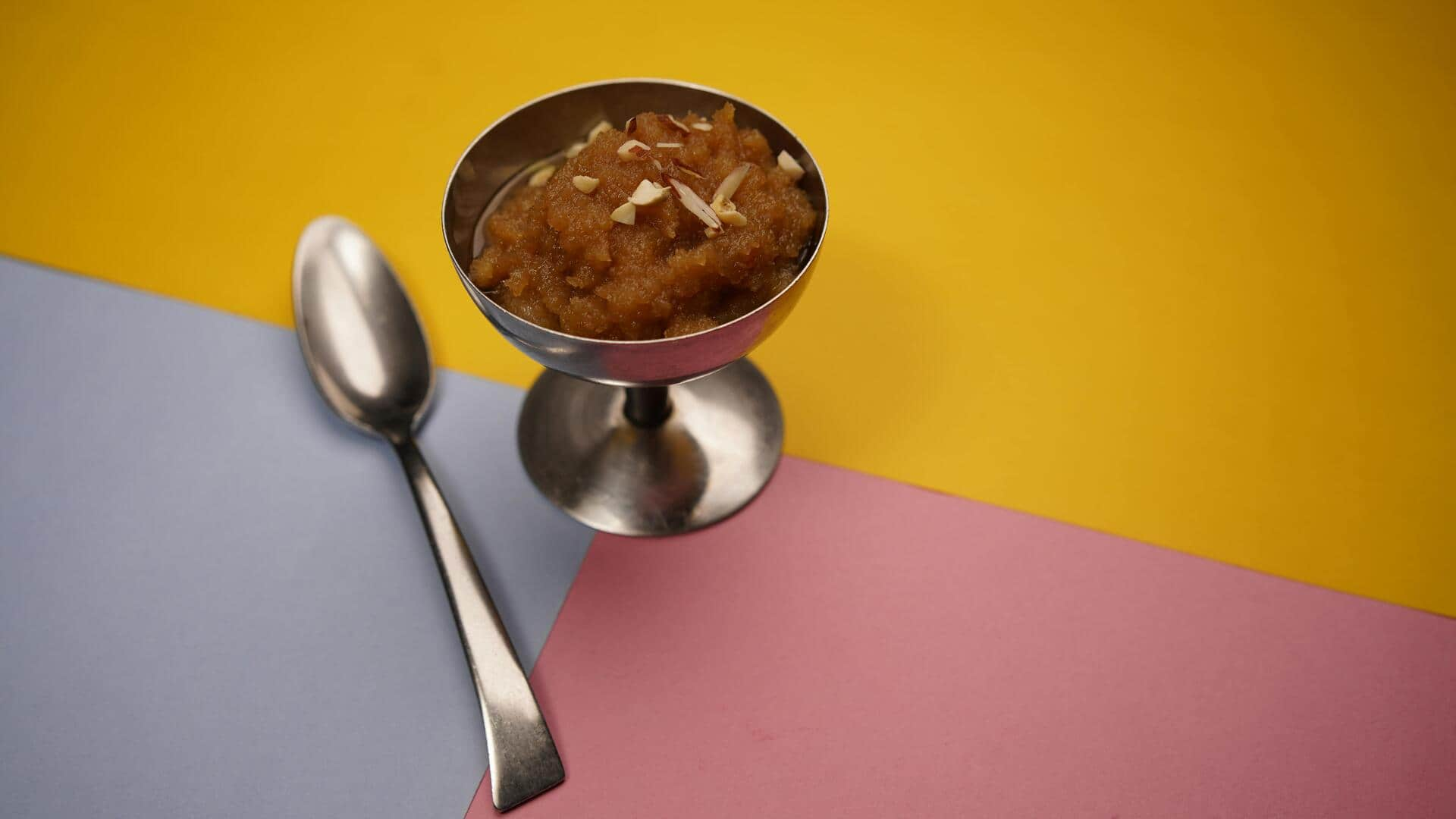
How halwa's ancient recipe turned into a modern-day classic
What's the story
Halwa, a beloved dessert across cultures, has a rich history that dates back centuries. Originating in the Middle East, this sweet treat has traveled through trade routes and cultural exchanges to become a global favorite. From its humble beginnings to its modern-day variations, halwa's journey is a testament to the blending of culinary traditions. Here's a look at halwa's evolution and how it became a worldwide dessert.
#1
Origins in the Middle East
Halwa's origins can be traced back to the Middle East, where it was first prepared with simple ingredients such as flour, sugar, and water. The earliest versions were often flavored with nuts and spices, showcasing the region's rich agricultural produce. As trade routes expanded, so did the popularity of halwa, leading to variations that incorporated local ingredients and techniques.
#2
Influence of trade routes
The expansion of trade routes played a crucial role in spreading halwa beyond its place of origin. Merchants carried this delicacy across continents, introducing it to new cultures along the way. Each region adapted halwa according to its own tastes and available resources. This led to diverse interpretations of the dessert, while retaining its essence.
#3
Cultural adaptations
As halwa made its way into different parts of the world, each culture added its own spin to it. In India, for example, semolina became a popular base ingredient for making variations such as suji or rawa halwa. In Turkey, pistachios became a key ingredient in making rich versions of this dessert. These adaptations highlight how cultures embraced and modified halwa according to their culinary preferences.
#4
Modern-day variations
Today, halwa is available in an array of forms across the globe, be it made with semolina or lentils or even fruits such as carrots or pumpkins. The modern-day versions are often enhanced with exotic flavors such as saffron or rose water, which add an extra dimension to this classic dessert's appeal.